Abrasion-resistant labels are built to withstand rubbing, scuffing, and contact that would wear down standard label constructions. Whether caused by handling, equipment movement, or storage conditions, abrasion can quickly compromise printed images and barcodes. These labels combine durable face stocks, protective coatings, and high-performance printing systems to preserve readability in abrasive environments. From lab vials to automotive components, they keep identification intact where failure isn’t an option.
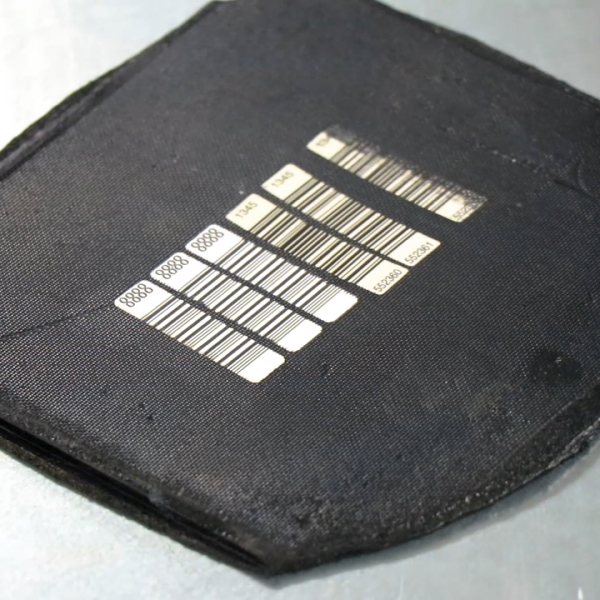
Abrasion is one of the most common reasons labels fail in harsh environments. Rubbing, scuffing, and vibration can quickly wear away printed images, making barcodes and text unreadable. To maintain reliable traceability, labels need to hold up against repeated contact, handling, and motion.
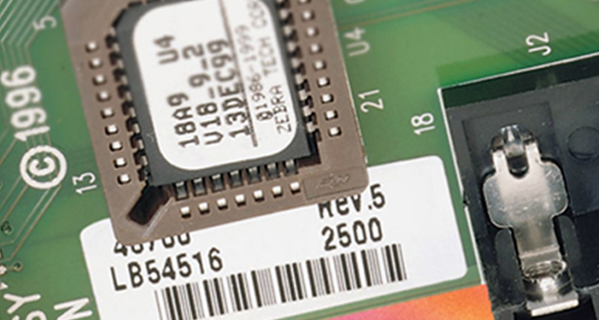
From gloved handling to high-speed automation, labels face constant sources of abrasion that can degrade the printed image or damage the label surface. Once information becomes unclear or unreadable, identification breaks down — risking errors, relabeling, or compliance issues. The right label construction helps prevent abrasion damage before it starts.
Durable face stocks like polyester and polypropylene
Resin thermal transfer ribbons for abrasion-resistant print
Protective topcoats and laminate layers for image durability
Adhesives that stay secure through repeated handling
Handling, stacking, and equipment contact are some of the most common causes of label abrasion. When labeled items slide against each other or rub against trays and racks, the friction can wear down both the label surface and the printed image. Without abrasion resistance, repeated scuffing quickly leads to smudged barcodes or faded text—compromising readability.
Vibration during shipping, transit, or production can create continuous low-level friction between labeled parts. Conveyor belts, rollers, and automated handling systems are key sources of this type of abrasion, especially in high-speed environments like assembly lines or sorting operations. Over time, even small amounts of movement can cause labels to dull or scratch.
Manufacturing environments with airborne dust, grit, or debris add another layer of abrasion risk. Fine particles trapped between the label and other surfaces act like sandpaper, wearing down the label face stock and printed image with repeated contact. In these conditions, label durability depends on having a construction that resists both mechanical friction and particulate abrasion.
When labels fail under abrasion, the problem isn’t always the adhesive or the material alone — the printed image itself is often the first to degrade. Scuffing, smearing, or surface wear can erase barcodes and text long before the label fully detaches. Effective abrasion resistance comes from the right combination of durable materials, print methods, and protective layers working together.
Strong face stocks resist surface scratching and scuffing
Resin ribbons bond tightly to coated label surfaces
Laminates and topcoats shield printed images from wear
Adhesives maintain hold through friction and handling
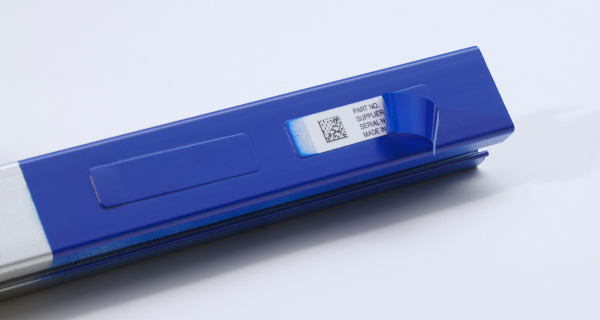
Not all labels are built the same. Share a few details about your product or environment, and we’ll recommend a label designed to stick, stay readable, and hold up under pressure.
Abrasion resistance isn’t just about choosing a tough label material — it’s about the full construction working together to protect your data. The face stock, adhesive, ink or ribbon, and protective layers each play a role in preventing wear, smearing, and edge damage. When labels are engineered for abrasion, the printed image stays readable and securely in place, even in harsh environments.
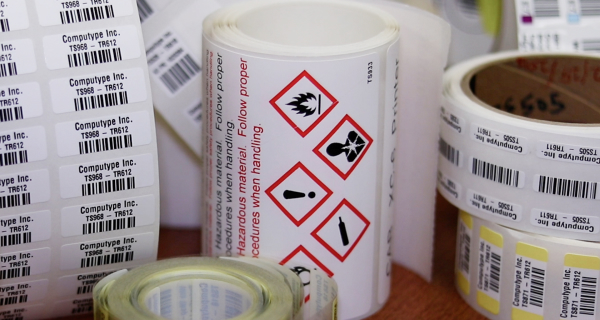
The label’s face stock is your first line of defense against rubbing, scuffing, and surface wear. Tougher materials like polyester and polypropylene offer stronger abrasion resistance than paper, with added benefits like moisture resistance and flexibility. Selecting the right face stock ensures that the label surface itself doesn’t become the weak point.
Polyester for maximum abrasion and chemical resistance
Polypropylene for flexibility with moderate abrasion protection
Paper options only when abrasion exposure is low
Coated films add extra durability and print performance
Even if the label material holds up, poor ribbon or ink choices can cause the printed image to fail under abrasion. Thermal transfer printing offers some of the strongest abrasion resistance available, but only when paired with the right ribbon type for the label surface.
Resin ribbons chemically bond to coated label stocks, providing excellent image durability against rubbing, cleaning, and vibration. Wax and wax/resin ribbons, by contrast, are more prone to smearing or scratching in high-abrasion environments. Inkjet and laser printing can also offer abrasion resistance, but success depends on the label coating and ink chemistry.
Resin ribbons for maximum abrasion resistance
Wax/resin blends for light-to-moderate abrasion exposure
UV-cured inks for strong durability on select materials
Inkjet options require matched coatings for performance
The label’s protective layers play a crucial role in stopping abrasion before it reaches the print. Topcoats and laminates are engineered to resist scuffing, rubbing, and cleaning processes while maintaining clarity for barcode scanning. The right protection layer depends on the label material, print method, and the level of abrasion exposure in your application.
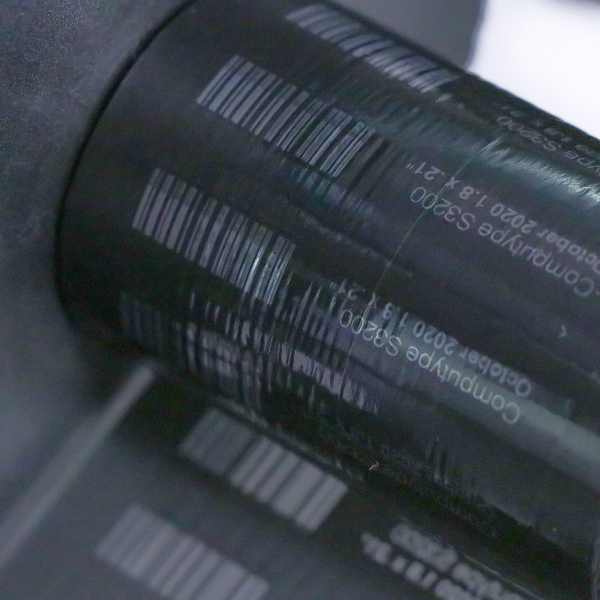
Applied directly over the print layer, topcoats help lock in the printed image and add resistance to smudging, chemicals, and abrasion. These coatings maintain flexibility while creating a physical barrier against surface wear. Topcoats are essential for many thermal transfer labels, especially when matched with resin ribbons.
Laminates provide a thicker, often more robust shield over the label surface, offering high abrasion resistance and chemical durability. They can be clear, matte, or gloss depending on visual requirements and scanning needs. Laminates are particularly valuable in environments with heavy wiping, vibration, or part-to-part contact.
In self-laminating labels, part of the label wraps around and covers the printed area with a clear overlayer. This approach is common for tube and wire labeling, offering abrasion protection without adding extra layers or steps. Self-laminating formats work well in small-format applications where traditional laminates might not fit.

Abrasion resistance isn’t just about material claims — it’s something that can and should be tested using controlled methods that simulate real-world wear. Testing helps confirm whether a label construction will hold up against the specific types of friction, rubbing, or vibration it will face in your process. Standardized tests provide measurable comparisons between different label materials, print methods, and protective layers. Real-world validation complements lab testing by exposing labels to the actual handling, equipment, and environments they’ll encounter.
Taber abrasion testing using rotating wheels under controlled force
Wipe testing with cloths, brushes, or pads under defined pressure and motion
Manual rubbing simulations to replicate frequent gloved handling or contact
Application-specific testing using trays, racks, or automation systems
Lab tests like Taber provide standardized benchmarks for abrasion resistance, but they can’t capture every detail of how a label performs in your exact workflow. Real-use testing helps uncover failure points that lab methods may not predict, such as unexpected edge lift or rubbing at contact points. Testing also allows for fine-tuning material choices, ribbon pairing, and protective coatings based on the results. This combined approach ensures abrasion resistance isn’t just theoretical — it’s proven.
Abrasion risks show up across a wide range of industries, but the specific causes and challenges can vary widely between applications. Whether labels face rubbing from manual handling, high-speed automation, or abrasive environments, durability is critical for maintaining identification and traceability. The right label construction prevents costly failures — keeping barcodes scannable and information intact through the entire product lifecycle.
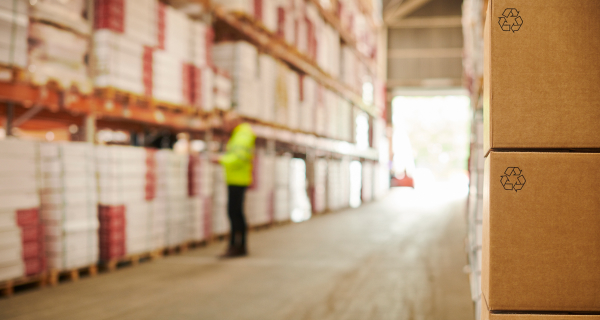
Abrasion isn’t always the result of extreme conditions — it often comes from everyday interactions that wear down the label surface or printed image over time. Handling, movement, vibration, and cleaning can all introduce friction that damages barcodes, text, and graphics. These risks may be present across industries, but they tend to show up through similar types of mechanical stress.
Friction from gloved handling or repeated manual contact
Vibration and rubbing during shipping, storage, or automation
Surface-to-surface contact between stacked or bundled items
Scrubbing, wiping, or ultrasonic cleaning during maintenance
In laboratory settings, small-format labels on tubes and vials face abrasion from gloved handling, rack placement, and cleaning procedures. Healthcare labels may be exposed to repeated disinfection, wiping, and friction from equipment contact. Tire and automotive manufacturing introduce vibration, molding processes, and part movement that can quickly scuff or degrade label surfaces.
Electronics production involves trays, feeders, and robotic handling systems where high-speed motion increases abrasion risk. Industrial manufacturing environments add dust, particulate matter, and motion-based contact that can wear down both the label and the printed image. Even in shipping and storage, vibration between stacked items or bulk-packed components can cause labels to rub, scratch, or peel.
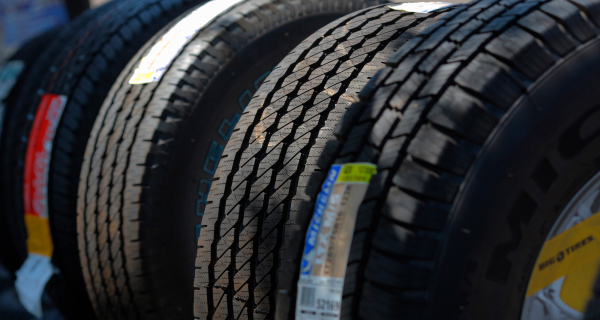
Frequent handling, sterilization, and cleaning introduce both physical and chemical abrasion. Small-format labels on tubes and vials face rubbing against racks, gloves, and other containers. Protecting barcode readability here requires careful material selection, self-laminating formats, or abrasion-resistant coatings.
Labels endure vibration, movement across belts, and equipment contact throughout production. Friction from molds, conveyors, or handling tools can quickly degrade printed images or lift edges. Durable face stocks, strong adhesives, and protective laminates help maintain identification through these tough processes.
Assembly lines, robotic pick-and-place systems, and high-speed feeders create repeated label contact. Small parts moving through trays or automation equipment increase abrasion risk, especially on barcodes and fine print. Abrasion resistance supports traceability while preventing relabeling or process delays.
Connect with us to explore how our labeling solutions can support your products. Unlock new efficiencies with our expertise.
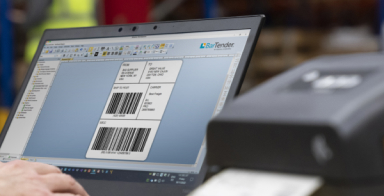
BarTender makes label design and printing simple and efficient. Integrate easily with agricultural systems for compliance and tracking.
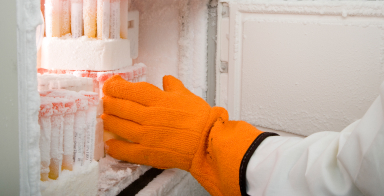
Cryo labels remain durable in extreme cold conditions. Ideal for long-term storage of samples at ultra-low temperatures.

The cab Squix printer delivers precise, high-quality label printing for various applications. It combines versatility and reliability to meet demanding needs.






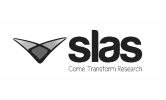

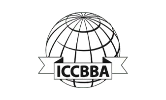
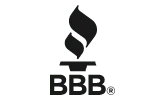

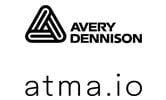
© Computype 2024
© Computype 2024
Take advantage of our volume discounts for bulk orders. Reach out to us for a personalized quote tailored to your needs.
"*" indicates required fields